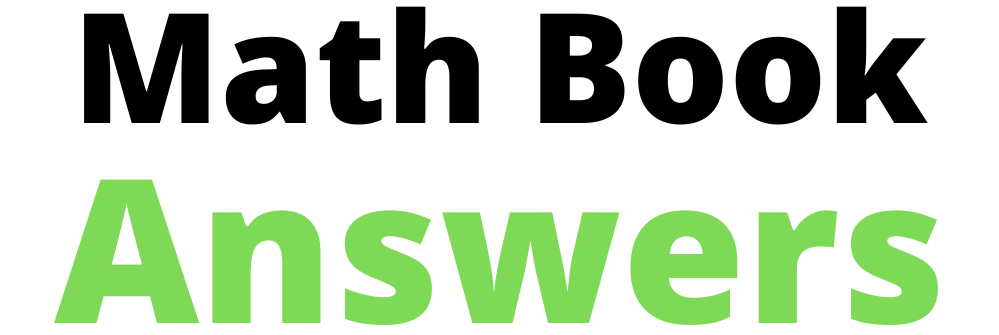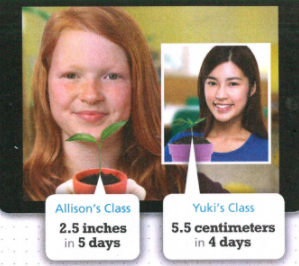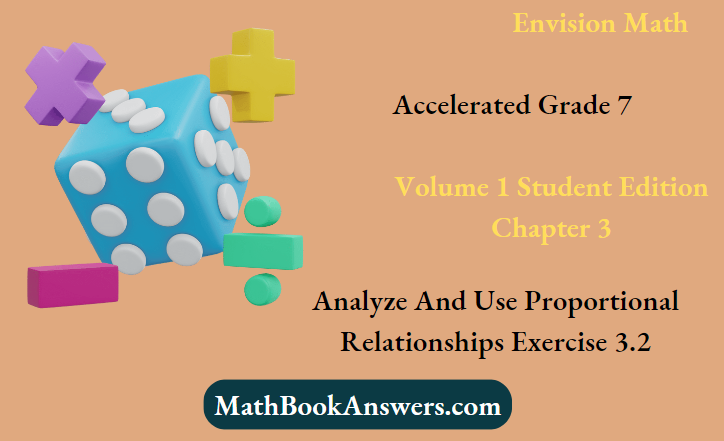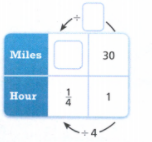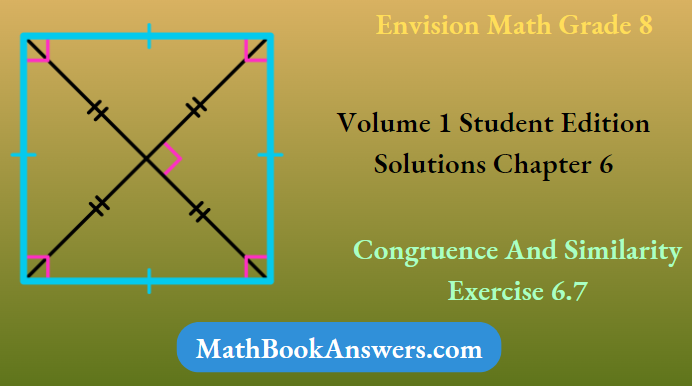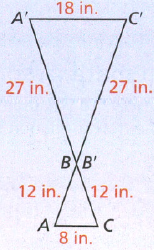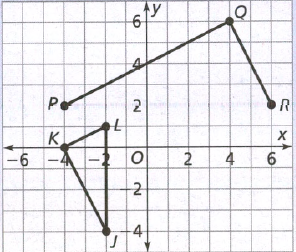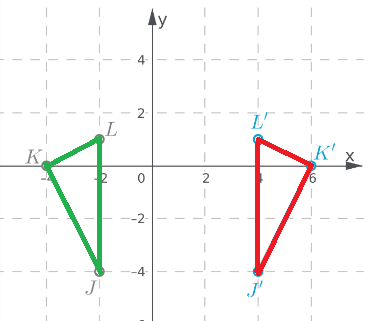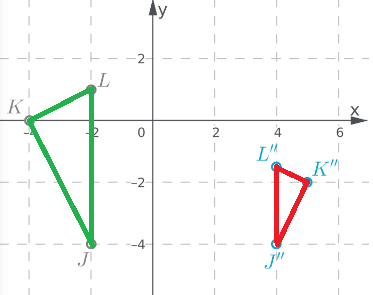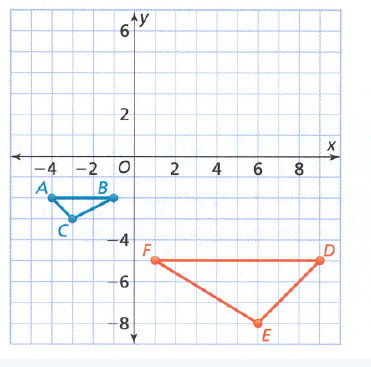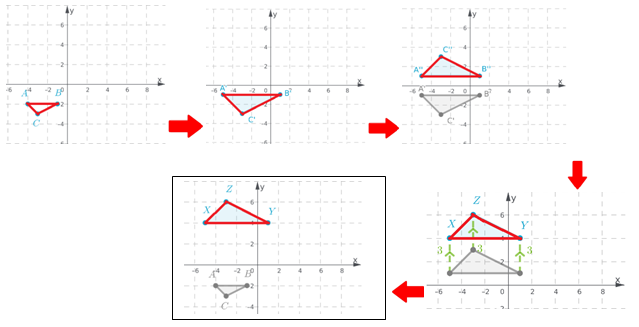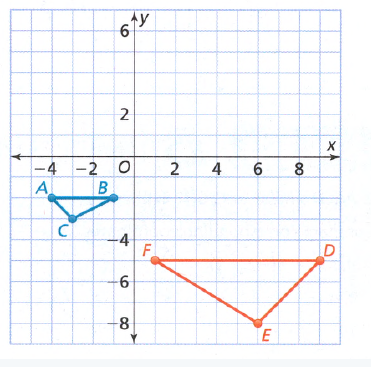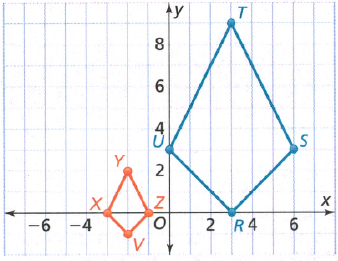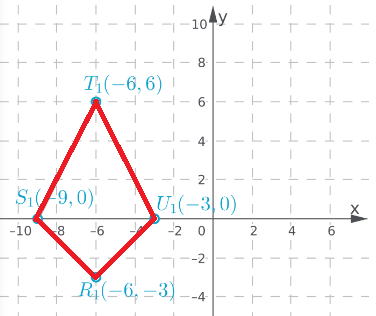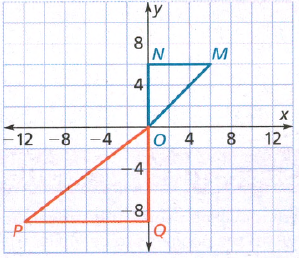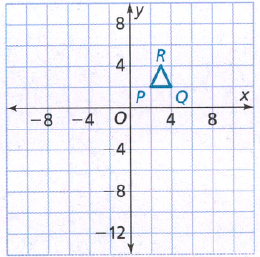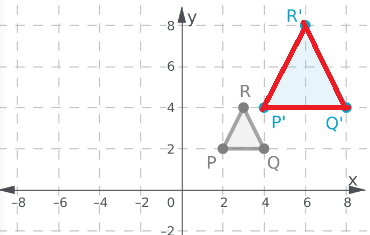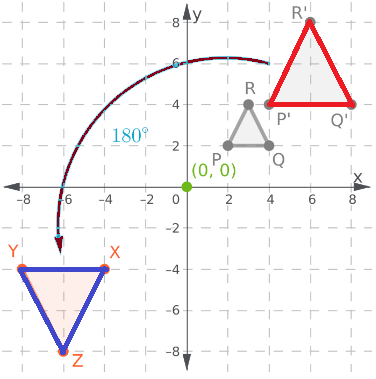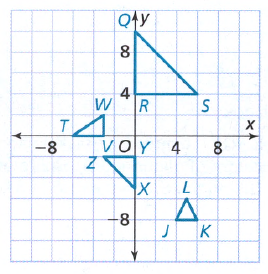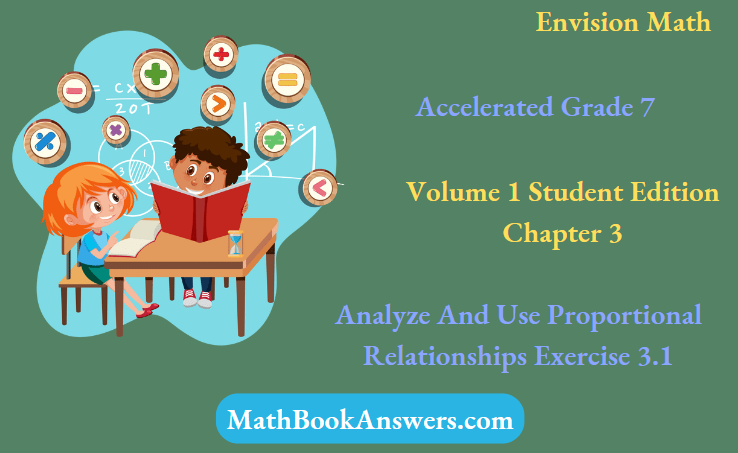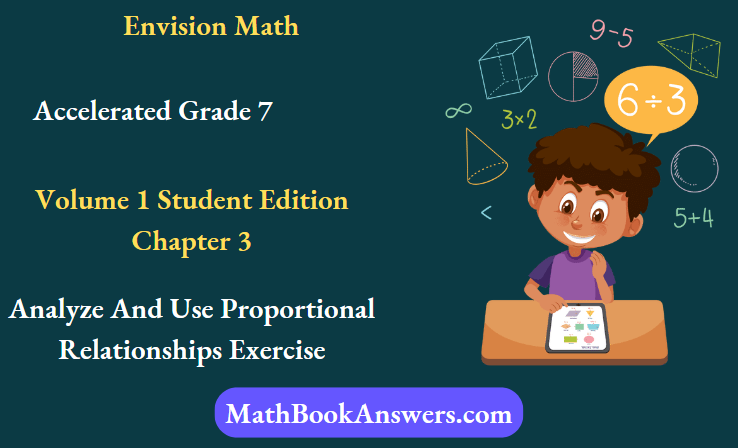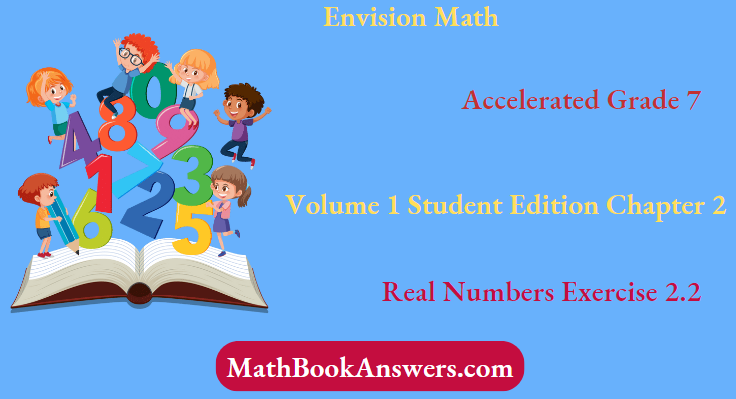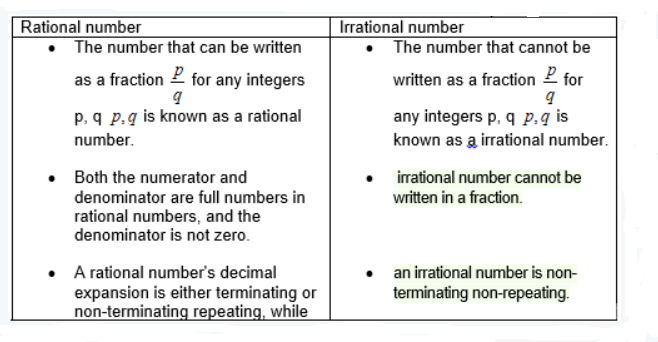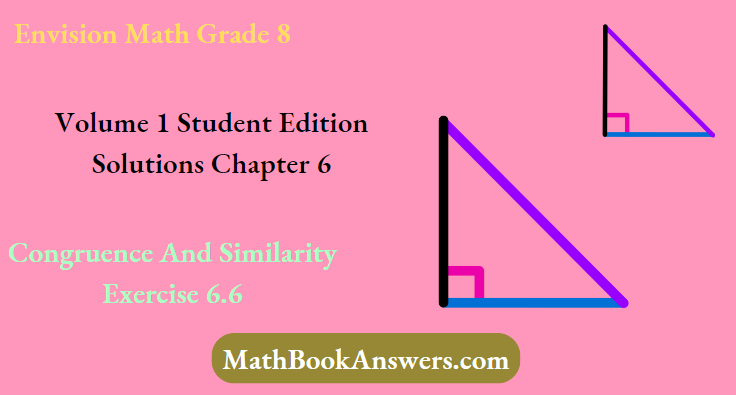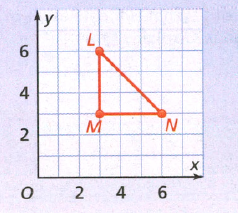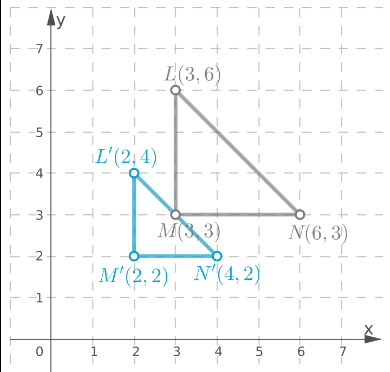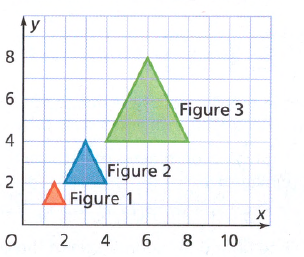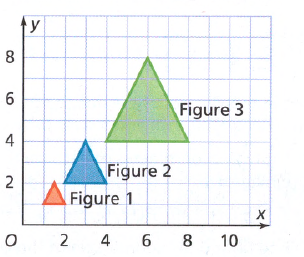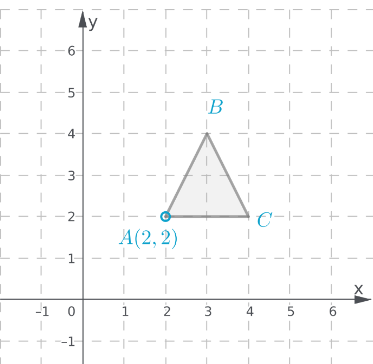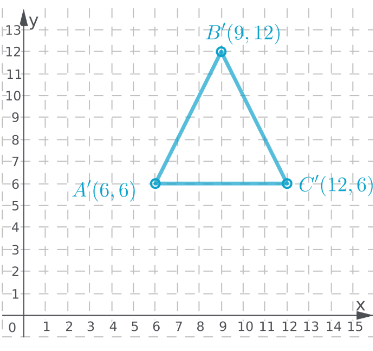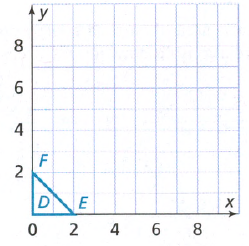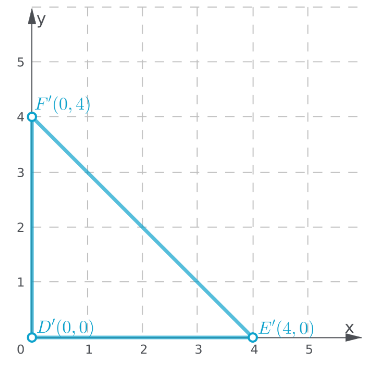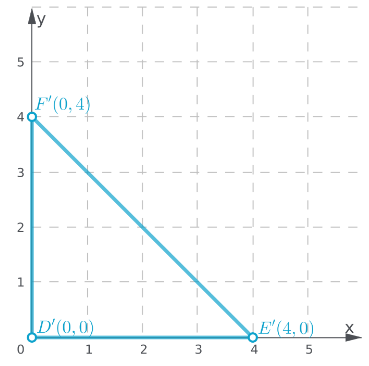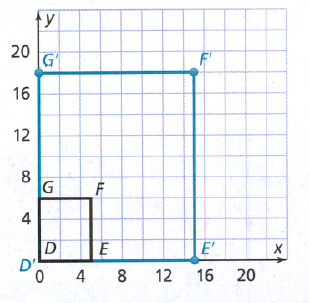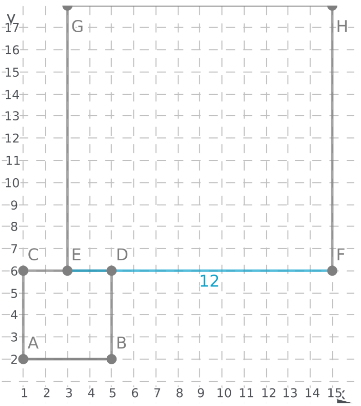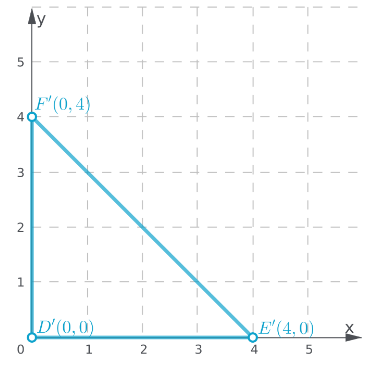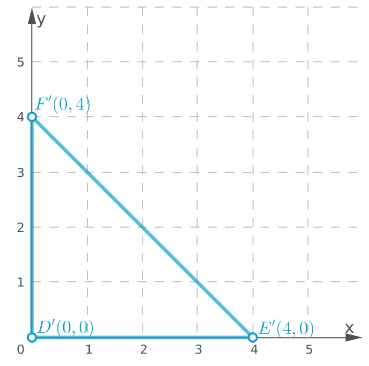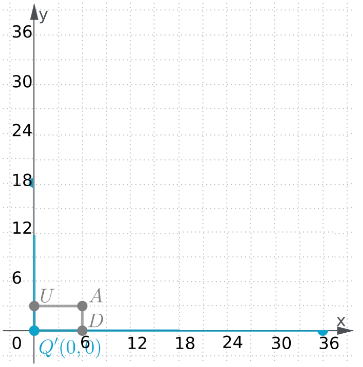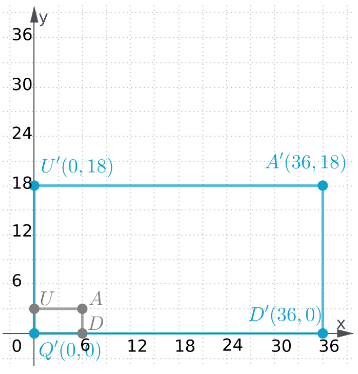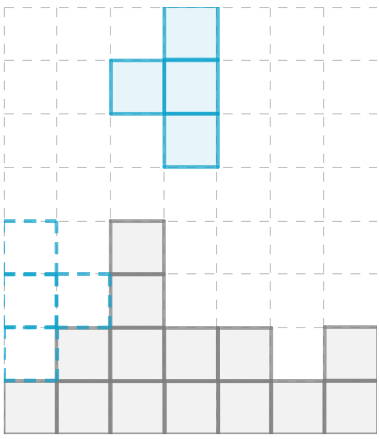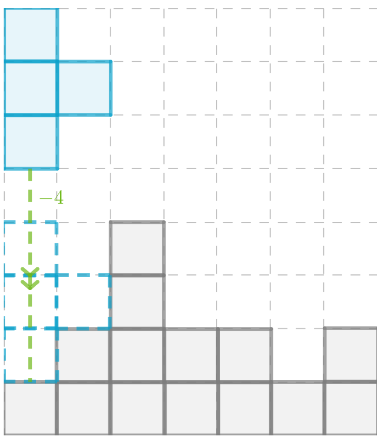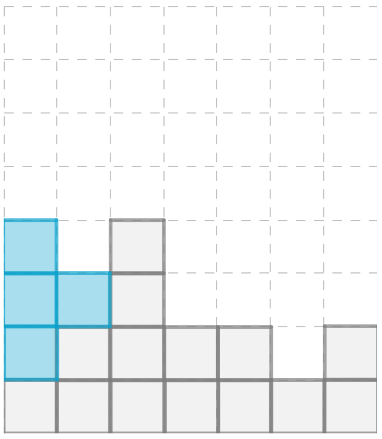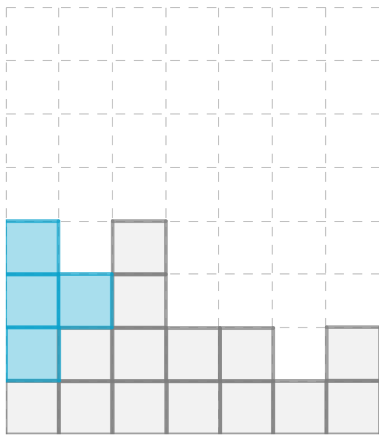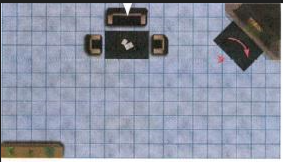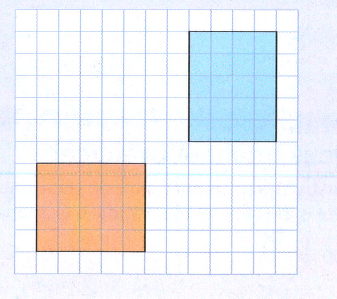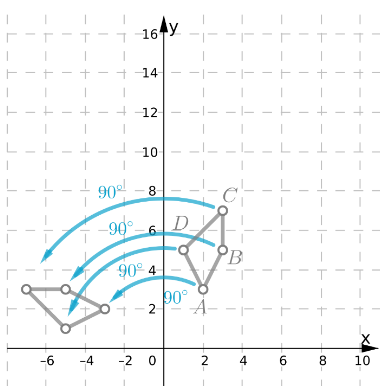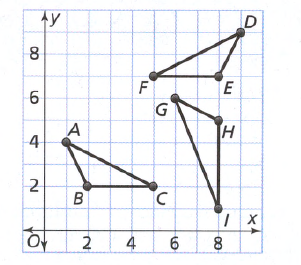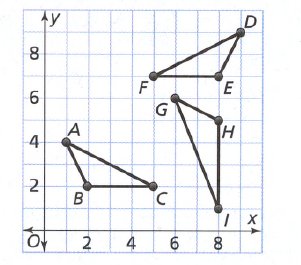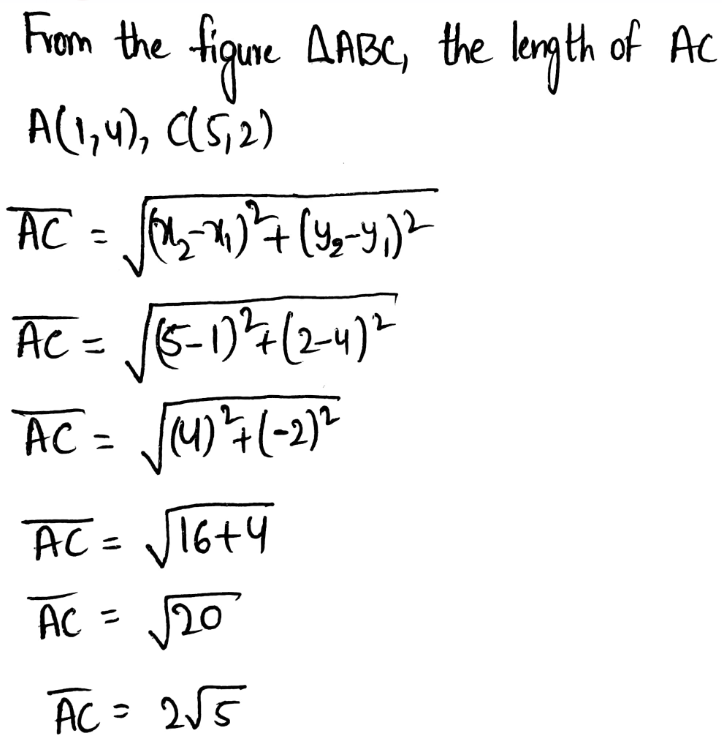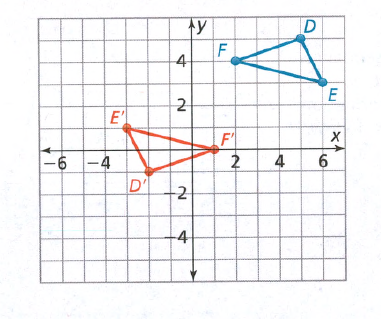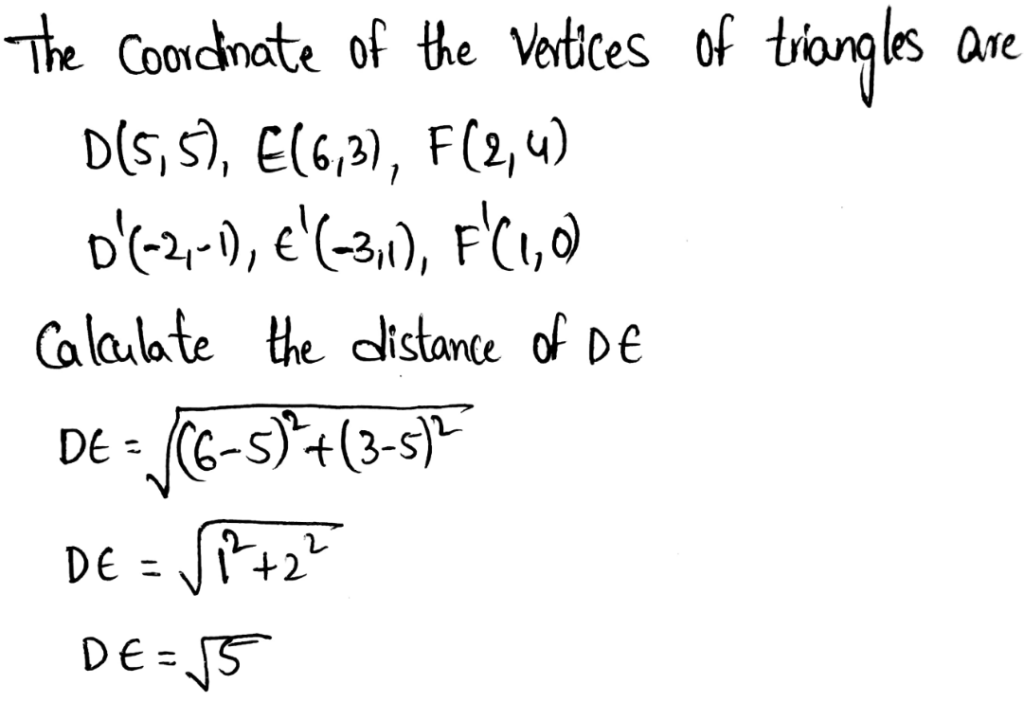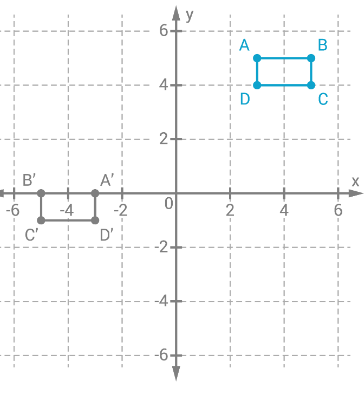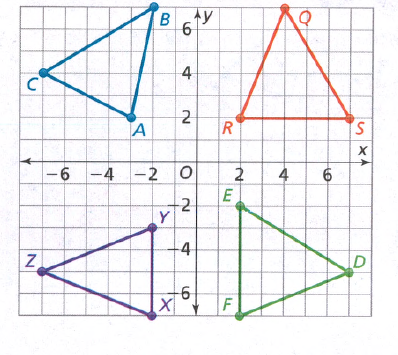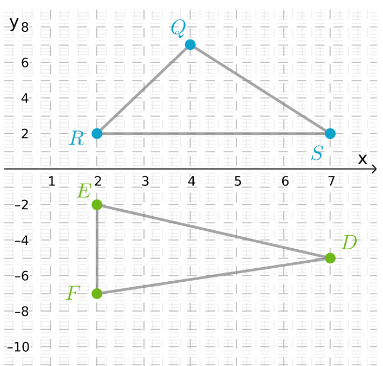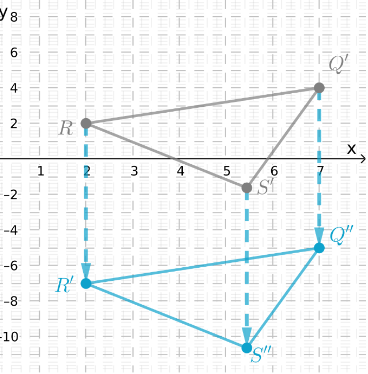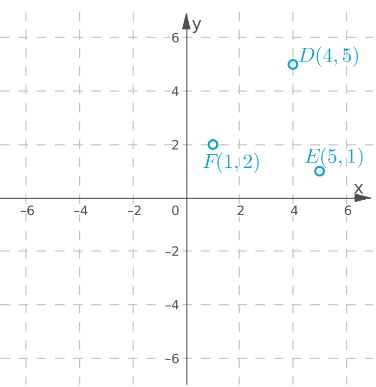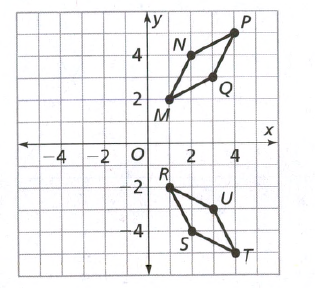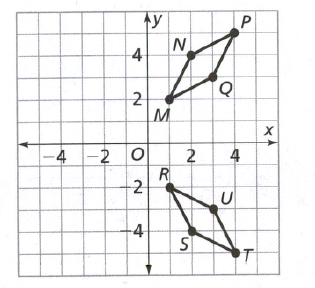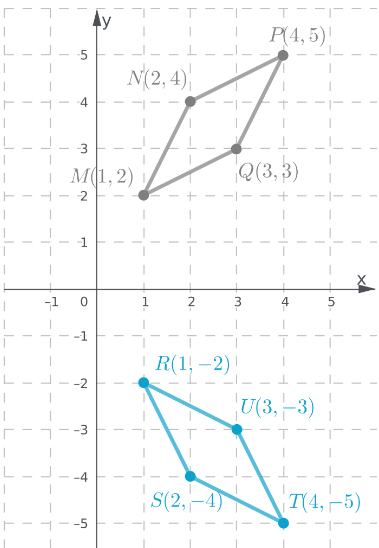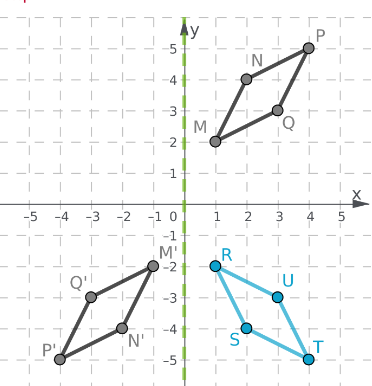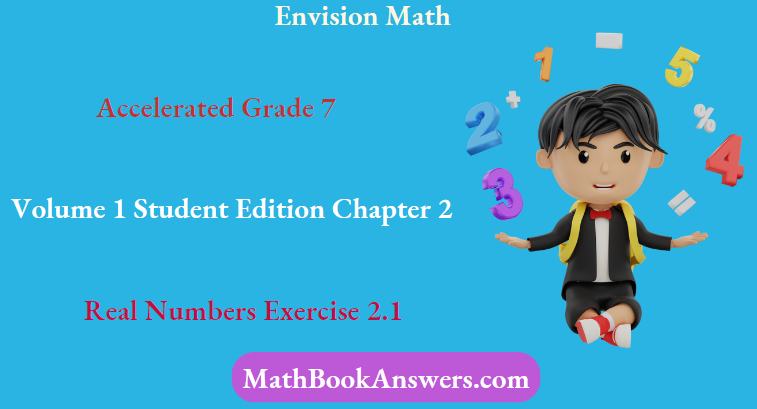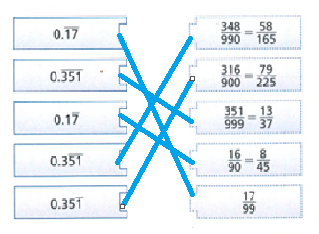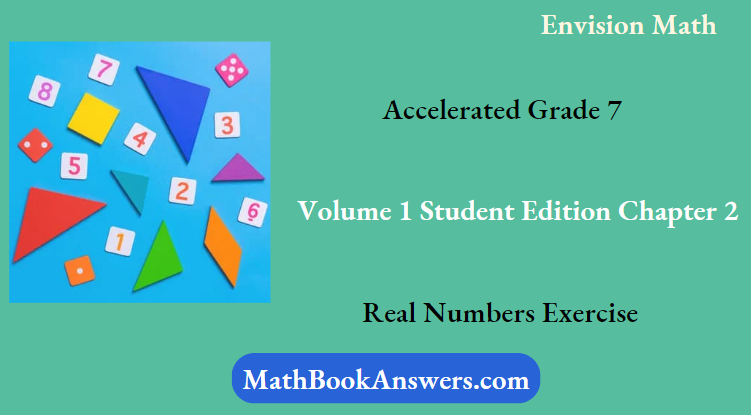Envision Math Accelerated Grade 7 Volume 1 Chapter 4 Analyze And Solve Percent Problems
Question. Show proportional relationships between quantities and be used to solve problems.
We have to tell how can percents show proportional relationships between quantities and be used to solve problems.
When there is a relationship between two variables, and the ratio of the two variables are equivalent, then it is known as a proportional relationship.
Percents can be expressed in terms of fraction or ratios.
In order to check whether they show a proportional relationship or not, we can test if their ratios are equivalent or not.
Also, we can graph the quantities and if it comes out as a straight line passing through the origin, then there will be a proportional relationship.
In certain problems when we have the values as same constant multiples, then we can use the concept of proportional relationship to solve the problem.
The knowledge and applications of ratio and proportions can be used to solve problems.
Equivalent ratio or graph of percents can show their proportional relationship.
Equivalent ratio or graph of percents can show their proportional relationship.
Given that, Activity trackers, also called fitness trackers, have become quite popular in recent years.
We need to check whether the data collected is actually helpful to the user.
You and your classmates will explore the types of data that an activity tracker collects, and how that data can help users reach their activity and fitness goals.
Activity trackers are nothing but an app or device which monitors your fitness-related metrics.
Some of the metrics it measures are heartbeats, calories, blood flow, and distance walking or running to enable the user to keep track of their fitness.
This will help people to achieve their fitness goals.
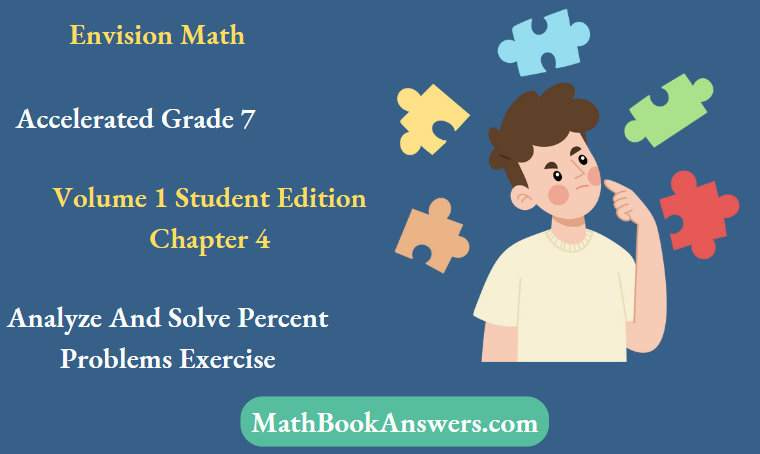
The data collected in those trackers are accurate and is helpful to the user.
The percentage difference will be less than 1% which indicates that the fitness trackers did a great job in tracking data.
Some of the metrics the fitness or activity trackers measure are heartbeats, calories, blood flow, and distance walking, or running to enable the user to keep track of their fitness.
Envision Math Accelerated Grade 7 Chapter 4 Percent Problems Solutions
Question. Comparison between two same or different quantities.
The ratio is nothing but the comparison between two same or different quantities.
A rate usually compares two different quantities.
The units of those quantities must be different.
Rates usually come under ratio. But all ratios cannot be expressed as the rate.
Ratios compare two same or different quantities.
A ratio that relates two quantities with different units of measure is a rate.
The ratio is nothing but the comparison between two same or different quantities.
A rate usually compares two different quantities.
The units of those quantities must be different. Rates usually come under ratio.
But all ratios cannot be expressed as the rate.
Ratios compare two same or different quantities.
When two equal ratios are expressed as a statement, then it is said to be in proportion.
For example:
\(\frac{8}{2}=\frac{36}{9}\)
These two are said to be in proportion since the ratios are equal.
A statement that two ratios are equal is called a proportion.
Question. Comparison between two same or different quantities.
The ratio is nothing but the comparison between two same or different quantities.
A rate usually compares two different quantities.
The units of those quantities must be different.
Rates usually come under ratio. But all ratios cannot be expressed as the rate.
Ratios compare two same or different quantities.
Here, the relationship “3 students out of 5 students” denotes that the units are the same.
This means that the given statement is a ratio, not a rate.
The relationship “3 students out of 5 students” is an example of a ratio.
Grade 7 Envision Math Accelerated Chapter 4 Percent Solutions Guide
Question. Write each number in two equivalent forms as a fraction, decimal, or percent number is 0.29.
We need to write each number in two equivalent forms as a fraction, decimal, or percent.
The given number is 0.29
The given number is 0.29
Writing the given decimal in its equivalent form, we get
0.29 = \(\frac{29}{100}\)
\( = \frac{2.9}{10}\)Writing the given decimal in its equivalent form 0.29 \(=\frac{2.9}{10}\)
Question. Write each number in two equivalent forms as a fraction, decimal, or percent number is 35%.
We need to write each number in two equivalent forms as a fraction, decimal, or percent. The given number is 35 %
The given number is 35 %
Writing the given percent in its equivalent form, we get
35 = \(\frac{35}{100}\)
= \(\frac{7}{20}\)
Writing the given percent in its equivalent form, 35% = \(\frac{7}{20}\)
Question. Write each number in two equivalent forms as a fraction, decimal, or percent.
The given number is in the form of a fraction.
We need to write each number in two equivalent forms as a fraction, decimal, or percent.
The given number is \(\frac{2}{5}\)
The given number is \(\frac{2}{5}\)
Writing the given fraction in its equivalent form, we get
\(\frac{2}{5}\) = 0.4
= \(\frac{40}{100}\)
Writing the given fraction in its equivalent form \(\frac{2}{5}\) = \(\frac{40}{100}\)
Envision Math Accelerated Volume 1 Chapter 4 Percent Problem Answers
Question. Find the unknown number in the given proportion \(\frac{x \text { days }}{4 \text { years }}=\frac{365.25 \text { days }}{1 \text { year }}\)
We need to find the unknown number in the given proportion.
\(\frac{x \text { days }}{4 \text { years }}=\frac{365.25 \text { days }}{1 \text { year }}\)Solving the given proportion, we get
\(\frac{x \text { days }}{4 \text { years }}=\frac{365.25 \text { days }}{1 \text { year }}\) \(\frac{x}{4}=\frac{365.25}{1}\)x = 4 × 365.25
x = 1461 days
Hence, The required answer is:
Question. find the unknow number in the given proportion \(\frac{33,264 \text { feet }}{x \text { miles }}=\frac{5280 \text { feet }}{1 \text { mile }}\)
We need to find the unknown number in the given proportion.
\(\frac{33,264 \text { feet }}{x \text { miles }}=\frac{5280 \text { feet }}{1 \text { mile }}\)Solving the given proportion, we get
\(\frac{33,264 \text { feet }}{x \text { miles }}=\frac{5280 \text { feet }}{1 \text { mile }}\) \(\frac{33264}{x}=\frac{5280}{1}\)x \( = \frac{33264}{5280}\)
x = 6.3 miles
Hence the required answer is:
\(\frac{33,264 \text { feet }}{x \text { miles }}=\frac{5280 \text { feet }}{1 \text { mile }}\)Envision Math 7th Grade Percent Problems Chapter 4 Solutions
Question. A cooking magazine shows a photo of the main dish on the front cover of 5 out of the 12 issues it publishes each year. Write and solve a proportion to determine how many times a photo of the main dish will be on the front cover during the next 5 years.
Given that, A cooking magazine shows a photo of the main dish on the front cover of 5 out of the 12 issues it publishes each year.
We need to write and solve a proportion to determine how many times a photo of the main dish will be on the front cover during the next 5 years.
Given that,\(\frac{5}{12}\)
5 issues per 12 months. i.e., per year.
For five years, it will be
\(\frac{5}{12}\) \(=\frac{x}{12 \times 5}\)
\(\frac{5}{12}\)\(=\frac{x}{60}\)
x = 5 × 5
x = 25
Therefore, 25 out of the 60 issues.
25 times a photo of the main dish will be on the front cover during the next 5 years.
How To Solve Percent Problems Envision Math Grade 7 Chapter 4
Question. Complete the first and second columns of this table. While you work through the topic, return to complete the third column as learn the answers to your questions from the second column.
We need to complete the first and second columns of this table.
While you work through the topic, return to complete the third column as learn the answers to your questions from the second column.
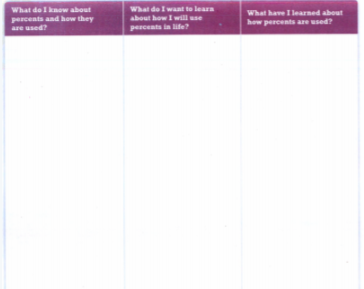
The percentage is also denoted as the ratio.
The ratio is nothing but the comparison between two same or different quantities.
The first term of the percent is often compared to the number 100.
For example, 35 % of shirts are sold denotes that out of 100 shirts, 35 has been sold out.
We can often denote the percent using the sign “%”.
What do I know about percents and how they are used?
A percent is a ratio in which the first term is compared to 100.
It is used for comparing two quantities.
What do I want to learn about how I will use percents in life?
I want to learn about how percents help us in our daily day-to-day life.
What I have learned about how percents are used?
I have learned that the percents are used to calculate the amount of one thing compared to the other.
Percents can be used to compare very small or very large quantities as a fraction of 100.
